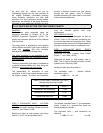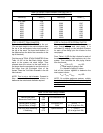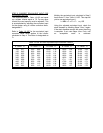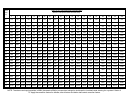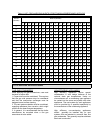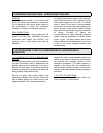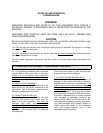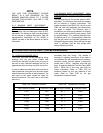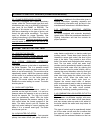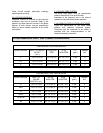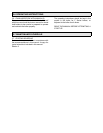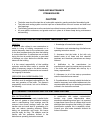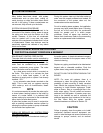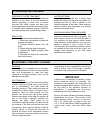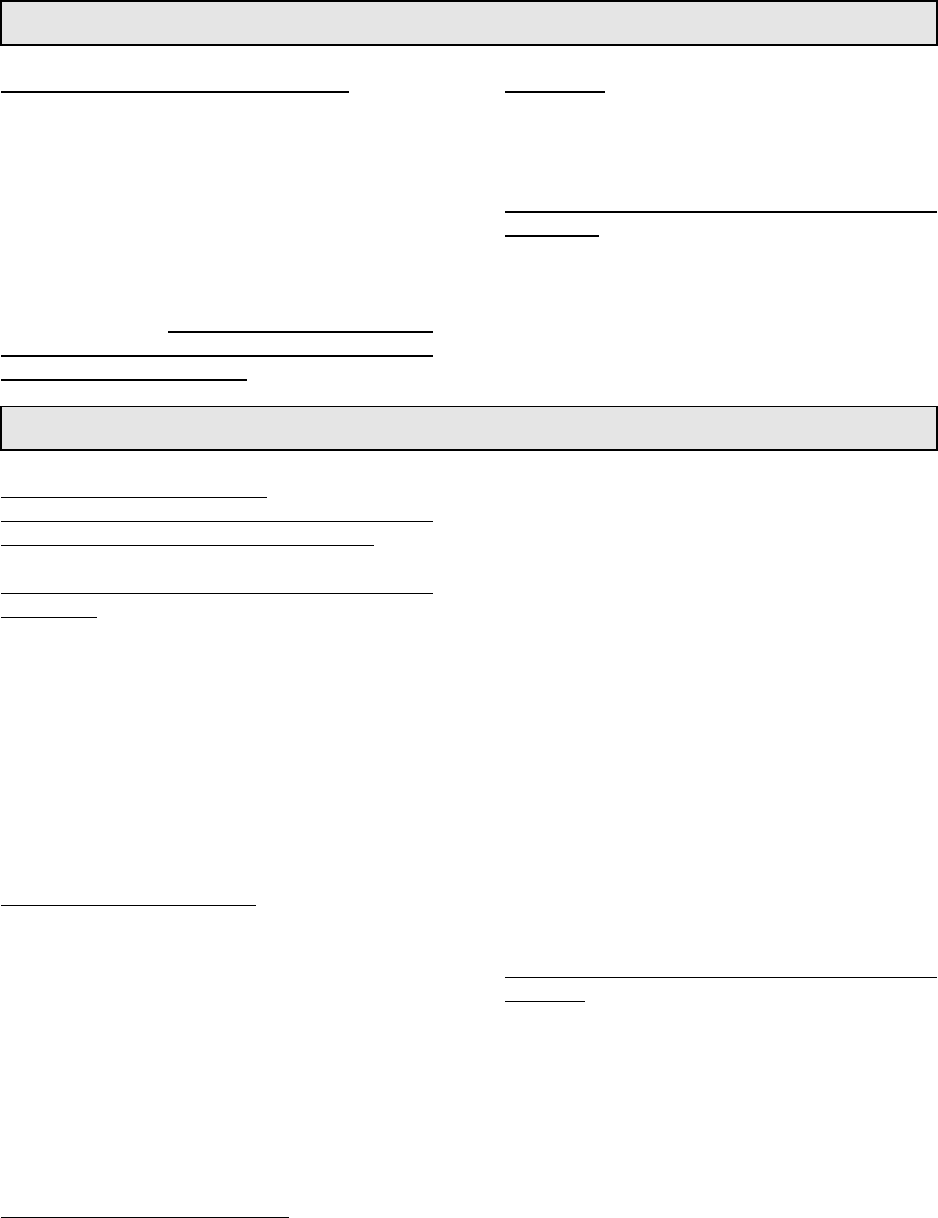
2.3 SAFETY SHUT-OFF DEVICES (FLAME SUPERVISION)
2.3.1 FLAME SUPERVISORY SYSTEM
The boiler is equipped with a flame supervisory
system, either the Thermocouple type (such as a
combination gas valve or a pilotstat) or electronic
type (such as the RA890, or RM7895). The
purpose of this device is to detect the main or
pilot flame, depending on the type of device, and
control the gas valves accordingly. The device
must be checked for proper operation. See
Lighting Instructions in the Boiler Manual for the
correct procedure. The flame supervisory system
must be tested to assure that it will shut off the
main gas valves in case of a
flame loss.
In addition to the information given in
Lighting Instructions, operating sequence and
troubleshooting information may be found in the
manufacturer's instructions in the Boiler Manual.
2.3.2 AUTOMATIC (ELECTRIC) IGNITION
SYSTEMS
On boilers equipped with automatic electrically
ignited pilots, follow the procedures described in
Lighting Instructions and test the controls for
proper operation.
2.4 LIMIT CIRCUIT CUT-OUT TEST
2.4.1 PROTECTIVE DEVICES
All operating and limit controls and low water
cutoffs must be tested for proper operation.
2.4.2 STEAM PRESSURE OPERATING
CONTROL
The steam pressure in the boiler is regulated by
the Boiler Operator. This is a pressure control
which senses the steam pressure and turns the
boiler on and off accordingly. This control must be
operationally tested. Adjust the pressure setting
on the control to a pressure less than the boiler
pressure (as shown on the boiler pressure
gauge). The control should turn the boiler off.
Restore the control setting to normal. The boiler
should cycle on.
2.4.3 HIGH LIMIT CONTROL
At least one additional pressure control is
provided as the high limit control. It is set at a
pressure above the operator to act as a back-up
should the operator fail. The high limit control
must be operationally tested. With the boiler
operating, decrease the pressure setting of the
limit control below the current pressure of the
boiler. The boiler should cycle off. Restore the
high limit control setting to normal (pushing rest
button if it is a manual reset type). The boiler
should now cycle on.
2.4.4 LOW WATER CUT-OFF(S)
Most boilers are supplied with a float-operated
primary low water cut-off (and pump control or
water feeder combination) or electric probe type
auxiliary control. These water level controls are
intended to sense (and control) the level of the
water in the boiler. They operate to shut off the
boiler if the water level drops below their sensing
level. The low water cut-off and water level
controls must be operationally tested by manually
lowering the boiler water level (by opening the
boiler blowdown valve for probe controls, and by
opening the control blowdown valve for float type
controls). The boiler should cycle off when the
water level drops below the control point of the
low water cut-off. When the water level is
restored, the boiler should cycle back on.
Depress the manual reset button of devices
which require manual reset in order to restore the
boiler to operation. Carefully read the enclosed
literature on the low water cut-off controls,
particularly installaing, operating and servicing.
2.4.5 COMBINATION LOW WATER CUT-OFF &
FEEDER
The low water cut-off/feeder supplied with some
boiler serves as a low water cut-off (see above)
and also causes make-up water to be added to
the boiler should the water level drop below its
control point.
This type of control must be operationally tested
as for low water cut-offs and also to assure that
the make-up water is introduced as needed.
Carefully read the enclosed literature on the Low



